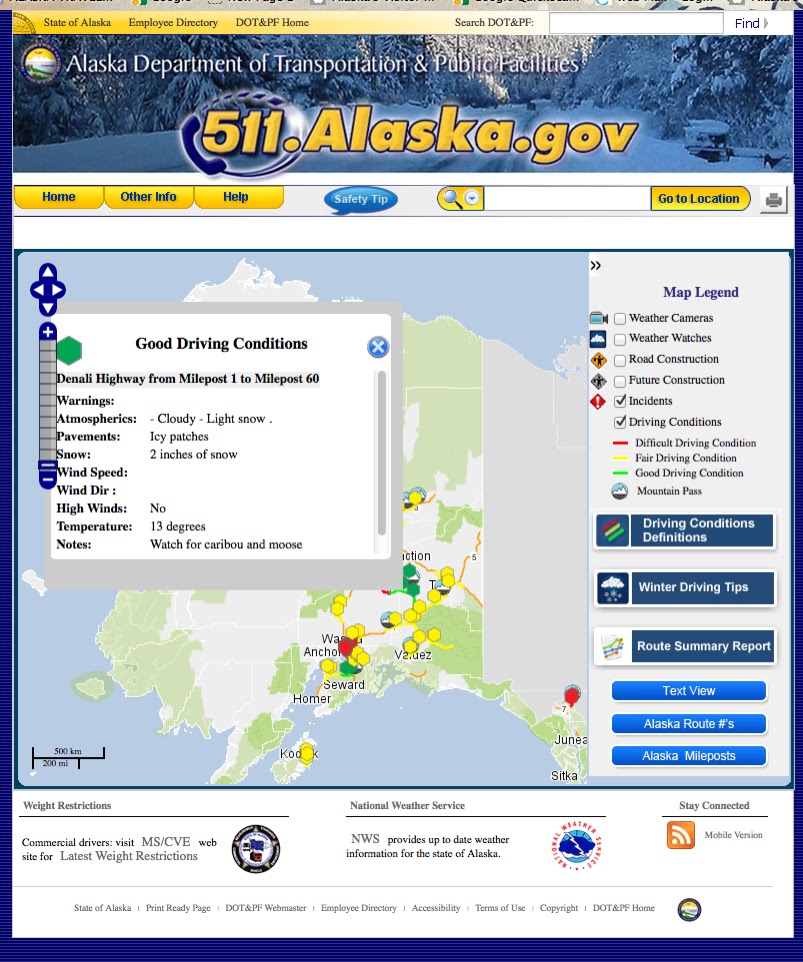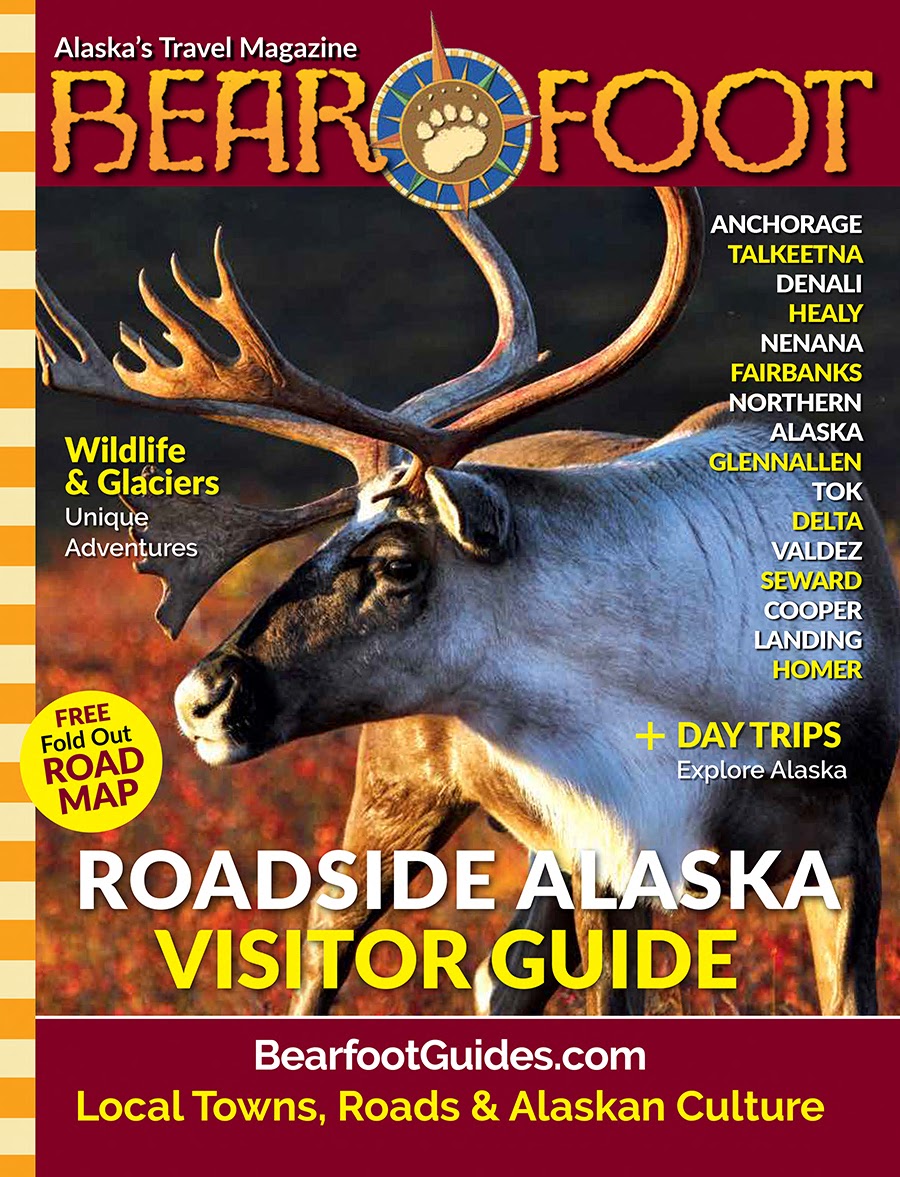FROM: TLINGIT & HAIDA TRIBES
Tlingit & Haida Rejoins AFN As Member
Tlingit & Haida sat in on its first AFN Board of Directors since rejoining the organization. Two years ago the Tribe made the difficult decision to leave AFN due to concerns that tribal voices were not being equitably represented; however, the current political climate demands greater unity among Alaska Native peoples. In uncertain times, unity is our greatest strength. Tlingit & Haida is committed to standing together with AFN and our fellow Alaska Native organizations to protect our rights, lands, and future generations.
Tlingit & Haida’s Executive Council voted to rejoin the Alaska Federation of Natives (AFN) following careful deliberation and dialogue and ongoing conversations with AFN leadership.
As the largest tribal government in Alaska, we recognize the value of working together to protect our shared rights, homelands, and sovereignty. Rejoining AFN is not a reversal of our concerns, but a commitment to ensure that tribal governments have a seat at every table where decisions are being made.
We remain deeply committed to holding space for Indigenous governance and self-determination, and we look forward to working in partnership with AFN and its member organizations to advance policies that reflect the diverse voices and needs of our communities.
As Tribal Rights Come Under Federal Fire...
 |
| (AFN website) |
Votes To Get Back Into AFN
In 2023, the Tanana Chiefs Conference – the Athabascan Native organization serving the vibrant people who live to the north of the Ahtna Region – decided to turn its back on a decades-long alliance with the Alaska Federation of Natives, or AFN. It was a stunning choice. But, as of March 2025, they've seen the error of their ways. And they're back.
The AFN was formed in 1966. Its annual convention draws people from throughout the state, and includes forums, presentations, booths and access to Native art and culture. For decades, the Tanana Chiefs Conference – the most notable and important group of Native Americans on Alaska's road system, based in Fairbanks – has benefitted greatly from its presence at AFN.
 |
| The Tanana Chiefs (Doyon) region is the massive blue area on this map. (Tanana Chiefs website) |
In Alaska, which is a fractured, far-flung state, AFN is the most powerful representative for any group of Alaskans – not just Native Americans. Forming AFN was a major achievement for Native people. Historically, the many Native communities in Alaska were not unified. The state was too big. And, there are multiple languages, cultures, subsistence practices, artistic and historic traditions — and even origins. All of this has the potential of dividing coastal and interior Native peoples.
Yet, AFN brings them all together, despite it all. AFN forms a template for possibilities that has not been picked up by any other interest group in Alaska. No other organization – the Alaska Chamber of Commerce or the Alaska Travel Industry Association, for example – even comes close to being able to definitively articulate their members' unified needs and goals.
Despite its enormous successes, over the years a number of regional Native organizations have decided to turn their backs on the AFN, believing that they have enough local clout to go it alone. Various groups of Natives throughout the state have felt they didn't need AFN. And this included the Tanana Chiefs.
The irony of the Tanana Chiefs trying to go it alone isn't lost on many Alaskans. The very term, "Tanana Chiefs" literally means "unity." The Tanana Chiefs Conference's well-known origin story offers the template for the AFN. The people of the Tanana region were Alaska's leaders in displaying the enormous power of Native unity.
The Tanana Chiefs Conference had its modern origins in 1915, when tribal chiefs from throughout the Tanana Region organized to protect a burial ground in Nenana from being covered by the Alaska Railroad.
 |
| The original 1915 "Tanana Chiefs Conference" showed the power of unity. |
(This was a variant of a similar issue in the Copper Valley, when Chief Goodlataw of Taral went to court to try to protect a burial ground at O'Brien Creek after railroad workers pulled the skeletons of Ahtna people from their graves while clearing the tracks for the Copper River railroad between Chitina and Cordova.)
As a result, the original "Tanana Chiefs Conference" of over a hundred years ago, has become symbolic of the power of Native people working together. The picture (above) of the 1915 conference is one of the most significant photographs of the era.
••••
Still, when the Tanana Chiefs Conference decided to pull out of the organization, they apparently felt they didn't need AFN.
But now, they've changed their minds.
On Thursday, March 13th, 2025 – besieged by the worries that tribal rights are newly under attack from the U.S. government – Tanana Chiefs' full board of directors voted to rejoin the AFN's tribal consortium, to better present their unified voice to the increasing number of threats that tribal governments throughout Alaska and United States now face.





















